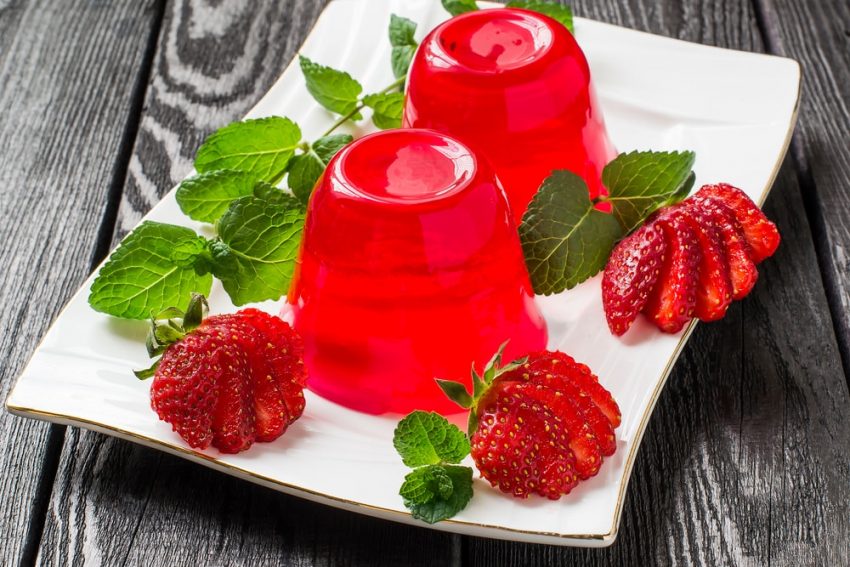All the matter that we know of in the universe can be classified according to its constitution into two categories (although there are also other classifications): pure substances and mixtures.
The pure substances They are those that have a constant chemical composition, that is, a composition that does not vary even if the physical conditions to which these substances are subjected change.
These types of substances can be differentiated into:
- Simple substances. They are made up of atoms of the same chemical element. For instance: helium (He) and dinitrogen (N2).
- Compound substances or chemical compounds. They are made up of atoms of different chemical elements. For instance: the water (H2OR).
They can also be distinguished according to the number of atoms that make up their structure in:
- Monatomic substances. They are made up of a single atom. For instance: helium (He) and neon (Ne).
- Polyatomic substances. They are composed of several atoms: For example: dichlor (Cl2) and ammonia (NH3).
A pure substance always retains the same physical and chemical properties, so it always responds in the same way to a given stimulus or reaction. That is, at the same pressure and temperature, the physical properties such as the boiling point, the melting point and the density of a pure substance do not vary. On the other hand, pure substances cannot be separated into their constituent elements using physical separation methods, they can only be decomposed or transformed into other substances through chemical reactions.
On the other hand, a pure substance will always lack supplementary additives or any type of contaminant that alters its fundamental structure. Likewise, it should be clarified that the absolute purity it does not exist, all substances have at least a very small amount of some impurity, despite the fact that technological advances have made it possible to purify substances to a high degree.
Examples of pure substances

- Pure helium. Content in a gaseous state is used in the filling of party balloons, or among the elements produced in the nuclear reactions of hydrogen. It is a noble gas, that is, a gas with very low reactivity and that, therefore, does not usually combine with other substances to form new chemical structures.
- Pure water. Often referred to as distilled water, it is obtained through purification and distillation processes in chemical laboratories, where impurities such as mineral salts, microorganisms, among others are eliminated, in this way only the water molecules remain (H2OR).
- Pure gold. Pure gold, 24 carats, is a unique elemental block, made up of gold (Au) atoms only and exclusively.
- The diamonds. Although it may not seem like it, diamonds (one of the hardest known materials) are made up of carbon atoms (C) only, arranged in such a particular way that their bonds are almost unbreakable.
- Sulfur. This element of the periodic table is found in many simple or compound substances, since it is a very reactive element. With a purity of 99.9%, it is used as a raw material in many industrial processes.
- Ozone. It is a compound of rare appearance in our daily environment, but abundant at the pressures and temperatures of the high atmosphere. It consists of a molecule similar to that of oxygen (O2), but of three atoms of said element (O3) and is often used to purify water.
- Benzene (C6H6). It is an aromatic hydrocarbon, that is, it is composed of carbon and hydrogen atoms, and has alternating single and double bonds between the carbon atoms. It is colorless, with a sweet, flammable and toxic odor, but obtainable in a fairly pure state, preserving its properties and reactions.
- Sodium chloride (NaCl). The common salt that we have at home is a compound substance that can be obtained quite pure. It is made up of two elements: chlorine and sodium. On the other hand, when we add it to the soup, it will be part of a rather complex mixture.
- Carbon dioxide (CO2). It is the gas that we expel after respiration and that plants require for the photosynthesis process. Composed of carbon and oxygen, it is usually dissolved (mixed) in the atmosphere together with other gases, but when it is taken up by plants or obtained in the laboratory, it is found with a high degree of purity.
- Graphite. It is another of the pure appearances of carbon, similar to diamond chemically, although not so physically. It is composed of only carbon atoms, in a much weaker and more malleable molecular alignment than that of diamonds.
Mixtures
The mixtures They are the combination of two or more substances, in variable proportions and retaining many of their individual properties. From this combination a mixed substance is obtained whose components can be separated by physical and / or chemical methods. However, some properties such as density, boiling point, and melting of a mixture are generally different from those of its separate components.
According to the nature of these components, the mixtures can be of two types:
- Heterogeneous mixtures. In them you can see. either with the naked eye or with measuring instruments, the presence of the mixed components as they are distributed unevenly or in discernible phases. These mixtures can be, in turn, suspensions (observable physical particles in the solvent) or colloids (The physical particles are so tiny that they are not easily observable, but can be seen using a microscope.)
- Homogeneous mixtures. The components that make up these mixtures are very uniformly distributed and cannot be discerned with the naked eye. They are often called chemical solutions Or simply solutions, since its components (solute and solvent) are not easily separable.
Solute and solvent
The solutions they are homogeneous mixtures, that is, their components (called solute and solvent) cannot be distinguished. Currently, this classification is somewhat arbitrary: in general, the solute is the component that is found in the smallest proportion in the mixture, while the solvent is the one with the highest proportion.
For example: If a few grams of solid B are added to a liquid A, they may dissolve and we cannot see them with the naked eye, as we can still do with the liquid that contains them. In case solid B has a certain color and liquid A is transparent, the liquid would take on the color of B but we still couldn’t see B individually. However, if we evaporate or boil the liquid, the grams of the solid will remain in the container. These types of processes are called methods of separation of matter.
Examples of mixtures

- Gelatin. This colloidal mixture of collagens from animal cartilaginous matter is composed by mixing water and a solid in the presence of heat. Once a uniform mixture is obtained, it is cooled until it becomes a gel and gelatin is obtained.
- Kitchen fumes. The gases we use to light the stove or oven are not discernible (they are a homogeneous mixture). They are usually a mixture of propane and butane, and they share their ignition point, but they could perfectly be separated in the laboratory taking advantage of some chemical or physical differences between the two.
- Ambient air. Air is an indiscernible mixture of gases, including oxygen (O2), hydrogen (H2), helium (He), among others. Although they are not distinguishable at first glance, it is possible to separate them in the laboratory and obtain each one with a high degree of purity.
- Sea water. Sea water is far from being pure: it contains salts, compounds produced by chemical processes, chemical residues of life or human activities. It is a more or less uniform mixture of its components. However, if we put seawater to dry in the sun, we will get the salt at the bottom of the container as the liquid evaporates.
- The blood. In the blood there are many dissolved organic substances, cells, enzymes, proteins, nutrients and gases (such as oxygen). However, in a drop we cannot discern any of it, unless we see it under a microscope.
- The Mayo. Mayonnaise is a cold emulsified sauce, mixture of egg and vegetable oil, neither of which is, in turn, a pure substance. It is then a very complex mixture of complex substances in which it is impossible to distinguish its components.
- Sugar in a glass of water. In principle, sugar is soluble in water, so we can lose sight of its crystals as we pour them into the glass and stir with a spoon. However, if we continue to add sugar (saturating the solution), we will reach a concentration limit such that the excess sugar remains at the bottom, that is, it does not dissolve any more.
- Dirty water. Water contaminated with soil or other waste substances allows the naked eye to see many of the solutes that cloud its transparency. These components are in suspension in the liquid, so they can be removed through a filtering process.
- The bronze. Like all alloys, bronze is the mixture of two different metals, such as copper and tin (quite pure substances). This allows the construction of malleable, ductile and resistant metal parts. The invention of bronze was a true revolution for ancient humanity.
- Rice with beans. As much as we stir them on the plate or in the pot, the beans and rice will be distinguishable at a glance.
